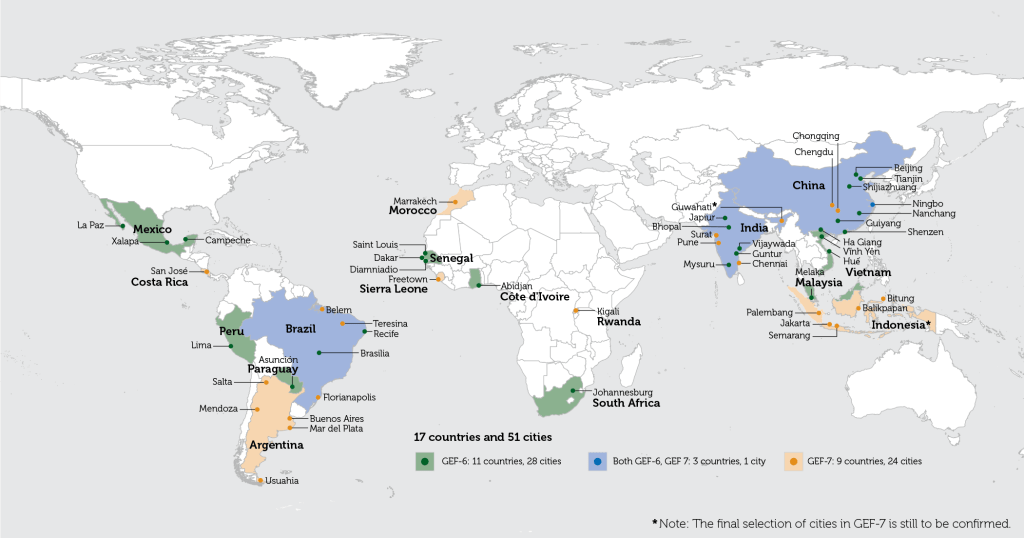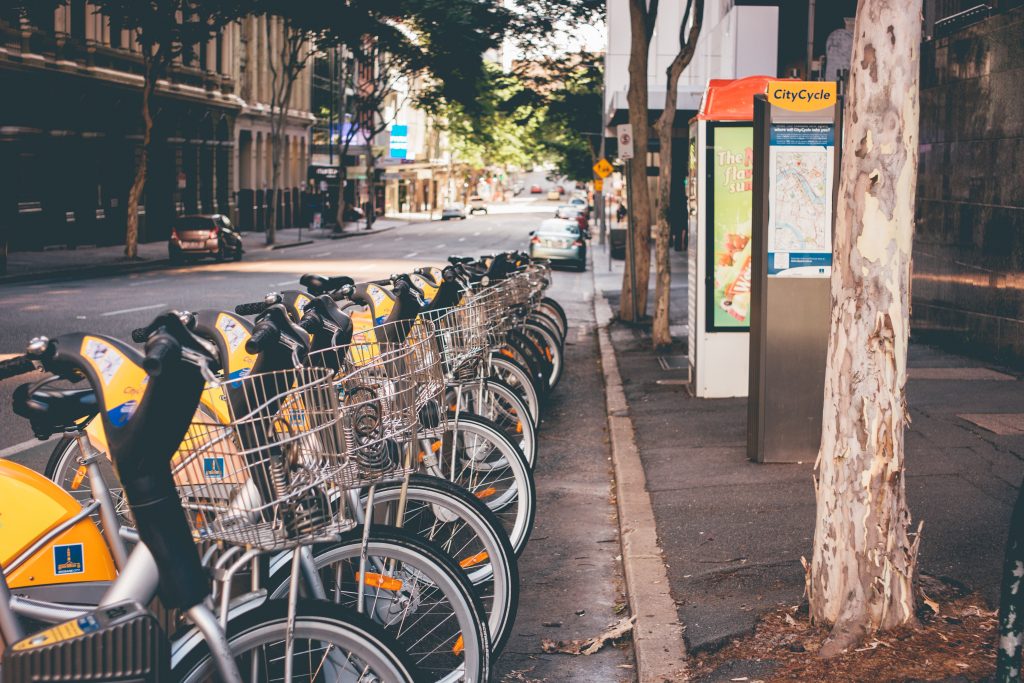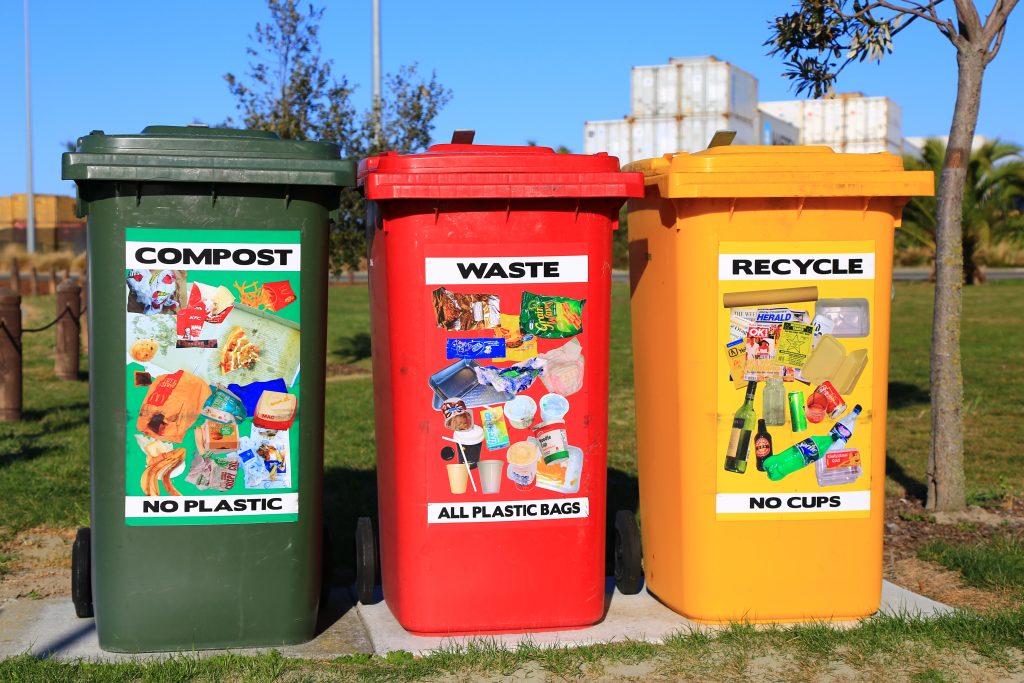Humans have become an urban species. Since 1950, the number of people in towns and cities has increased fivefold. Currently, over 3.5 billion people live in urban areas, or cities. As this number increases, so too does the need for urban planning to limit the damage to our environment. The Global Enivronmental Facility (GEF) has identified five key approaches to making cities sustainable.
While cities have become a key part of global economies, they also destroy environments. People in urban areas often use more food, energy, and goods than those in rural areas. As a result, they use two-thirds of the world’s energy and make 70% of greenhouse gases. Thus, growing cities often cause issues. Some of these include inefficient transport infrastructure and air pollution from transport. This, along with urban sprawl, harms the health of urban dwellers and makes cities more vulnerable to climate change. Hence, floods, droughts, and heatwaves become more likely.
Predictions suggest that by 2030, cities will likely fill key biodiversity hotspots, harming ecosystems and making it harder for them to provide for cities. With the impacts of COVID-19, cities have the chance to rethink their policies for more sustainable growth and lead the world to a greener recovery.
How can cities be more sustainable?
Sustainable cities often aim to keep natural environments while letting healthy communities grow, now and in the future. One way of doing this is through urban planning and management. Taking on eco-friendly practices, reducing carbon footprints, and managing resources efficiently can lead to healthier environments and people.
Several groups strive to create sustainable cities. The United Nations Environment Programme, for example, focuses on sustainable resource use and upstream interventions. These include policies and other changes to manage pollution and waste. The Global Environmental Facility (GEF) has also started a sustainable cities program, GEF-6.

In 2016, they launched the GEF-6 program. They worked with countries and cities to help them be more sustainable through infrastructure and natural solutions. It aims to bring a range of local and national stakeholders to work towards sustainable development. This looks at countries’ economic, social, and environmental resources to help them improve 5 key areas. These are listed below:
1. Clean Energy
Energy powers our cities, from heating and cooling to appliances and transport. Fossil fuels are a major source of energy. However, burning these pollutes the air, often causing smog and acid rain. As a result, it also harms creatures that live on land and in water.
Clean, renewable energy can fix this. Solar power draws energy from sunlight and is becoming more common as a source of power. Unlike many other renewable sources, it uses no water or other materials. It can also gather energy in urban areas while taking up little space, as buildings and houses can hold solar panels. These also tend to be easy to maintain.
Another way cities could make power may be through renewable energy generators in buildings. Some examples being explored include wind, solar, and rainwater harvesters for high-rise buildings.
2. Sustainable Transport
Sustainable transport aims to meet people’s needs while reducing harm to the environment. Most vehicles emit greenhouse gases (e.g. carbon dioxide) into the air, making climate change worse by trapping more heat from the Sun.

There are many ways to reduce greenhouse gas emissions. These include using electric or hybrid vehicles, refuelling with biodiesel or low-carbon fuels, and using bicycles or other less polluting transport.
Several alternative fuels show promise in reducing emissions, such as electricity, hydrogen fuel cells, and natural gases.
3. Climate Adaptation
This focuses on adapting to climate change. To achieve this, three boundaries should be considered:
- How big of an issue climate change is.
- Interactions between the environment and urban areas, and factors that drive urban growth.
- Urban governance, and how changes are made.
Two methods have shown some success. Mainstream adaptation looks at climate change impacts in decisions and makes changes in response. This includes planting crops that are the most suited for changes in climate, making green spaces in cities, and others. In contrast, dedicated approaches stand alone and are not added to existing policies.
4. Solid Waste
Waste management is key to creating sustainable cities. Waste amounts are rising. This is expected to reach 3.4 billion tonnes by 2050. In low-income countries, over 90% of solid waste tends to be dumped or openly burned.

Many cities seek to reduce their solid waste output. Some ways of doing this include:
- Universal collection: Cost-effective and efficient infrastructure aims to make waste management easier.
- Finance: Supporting new waste infrastructure financially is vital to make sure it runs well. For instance, Australia has 2846 waste management sites, all of which need funding to run. This money is used in many ways, including to help process waste and transfer it between various sites.
5. Chemical Management
Our day-to-day lives often rely on chemicals. However, this means they can easily seep into land and water, often harming biodiversity and environments. Therefore, managing chemicals in cities would help prevent pollution. Some chemicals also take a long time to break down. Hence, many government agencies regularly assess and inspect chemicals to know their risks and how to manage them.
Conclusion
Without changes to our cities, humanity is likely to ruin the environment they depend on. There are many ways to make cities more sustainable. GEF-6 and its successors have worked with countless stakeholders to develop cities that help the environment, and their people coexist together.
If cities work together, they can make big changes that can ease our impacts on the environment. The THRIVE Project aims to help people reduce their impacts by giving information on how to be sustainable.
THRIVE also runs a platform that allows citizens and cities to see their impacts and understand how changes can make a difference. If you wish to find out more, you may click here.






















